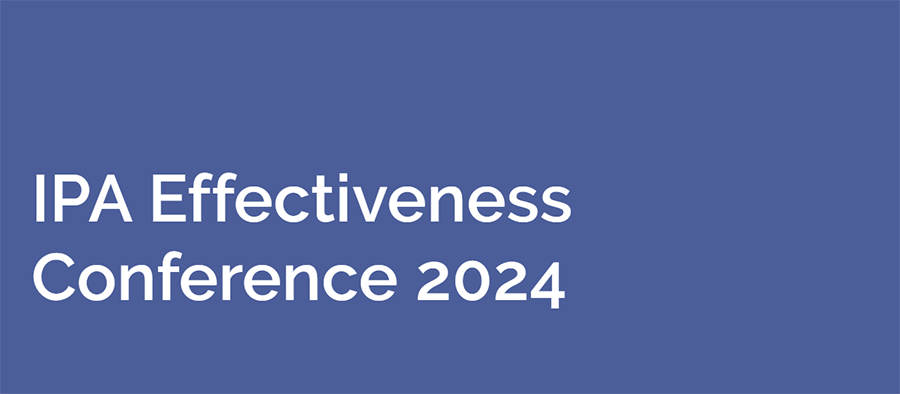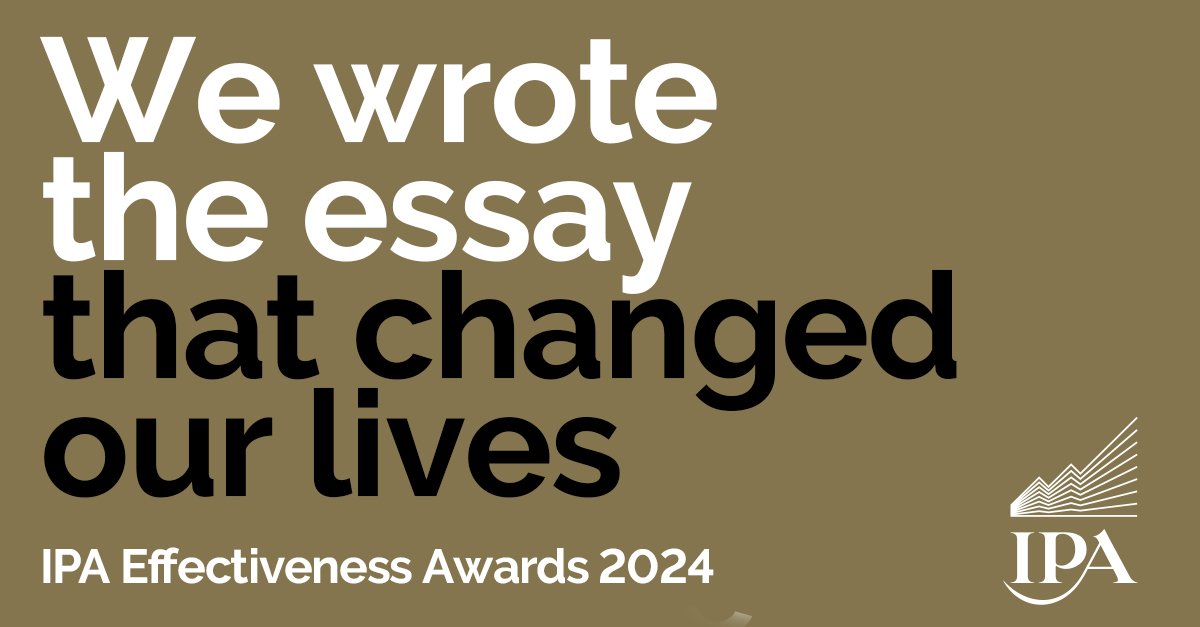This week a new update from Facebook’s under 18s policy changes the game on advertisers’ abilities to target children, teens and not-quite-adults. This blog outlines the key points to the best of the industry’s current knowledge, and as we learn more we will share. Overall, we are optimistic – or Possiblistic – about the update, as which creates space to adapt and benefit from being early adopters to the new approach. Here’s what you need to know:
What’s the update?
Recently Facebook announced that from the 23rd August 2021, many targeting options across Facebook, Instagram and Messenger will no longer be available for use in targeting ads to people under 18 globally, 20 in Thailand or 21 in Indonesia. This includes lookalikes, custom audiences (from pixel or CRM data), engagement retargeting (from page to post level engagements) and any detailed targeting – including all behaviour and interests options.
What does it mean?
Ultimately Facebook’s under 18s policy removes hyper-targeting options for those under the above ages. In a blog post Instagram said they “agreed with youth advocates that young people might not be equipped to make decisions about targeting”. As a result, ad sets that use these targeting options for reaching young people may see a decrease in audience sizes or potential reach unless they adapt to the new approach.
What can we do?
All is not lost, however, as advertisers can still target these users based on broader targeting options refined to gender, age and location. This supports the more recent push from Facebook to shift away from human defined targeting to broader forms of targeting – to trusting the platform to read the signals and best identify who to serve ads to (see their detailed targeting expansion article for more).
We will be spending the coming days testing Facebook’s assertion and seeing if their targeting still provides the kind of impact and ROI we expect. Whether long-term this benefits anyone other than Facebook is something we need to discover for ourselves, and we will keep you posted on what we discover.
It is worth noting Facebook has said no updates are being made to the data they collect. In translation, the data is still there and being counted in-platform.
They are just reducing our access to read-only.
How does this affect my campaigns?
In a post iOS14 world, much of what was previously understood around audience, attribution and conversions is being re-written. It is arguable that since GDPR the pushback on date usage and over-exposure from consumers has led to an inevitable change in advertising behaviour.
So is this next step much of a surprise? Strategic approaches need to move away from hyper-defined and segmented approaches to support broader, more encompassing tactics to combat the up-to-50% reduction in conversions reported across advertisers.
In a more direct sense, the impact on costs and key metrics is currently unknown. However it is likely as some brands pause advertising to reassess tactics, others will see less competition in the auction which may result in lower CPMs. At this stage, we are advising a test and learn approach, but overall remain optimistic.
Other channels like Google are also implementing similar age-related optimisation pushes – and it is likely that other channels will follow suit. Whilst the choice may not be ours, the option to adapt, test and learn is a space where we have a proven track record. Early adopters are likely to be the ones who thrive under the new conditions.
Here is a full list of the targeting capabilities being removed under Facebook’s under 18s policy:
➜ Connections targeting
➜ Language targeting
➜ Website Custom Audiences
➜ App activity Custom Audiences
➜ Customer list Custom Audiences
➜ Engagement Custom Audiences
(event, Facebook Page, Insta, Instant Experience, form, shopping, video)
➜ Offline activity Custom Audiences
➜ Lookalike Audiences
If you have any further questions on these or similar changes and want to speak to the experts – you’re halfway here already.





